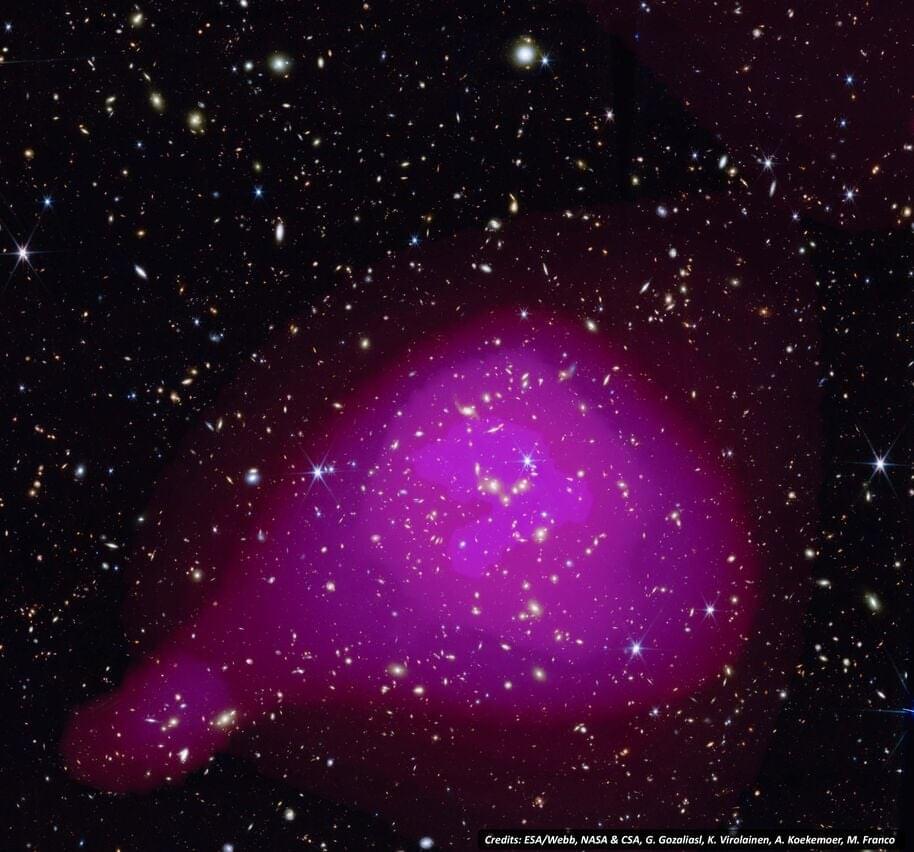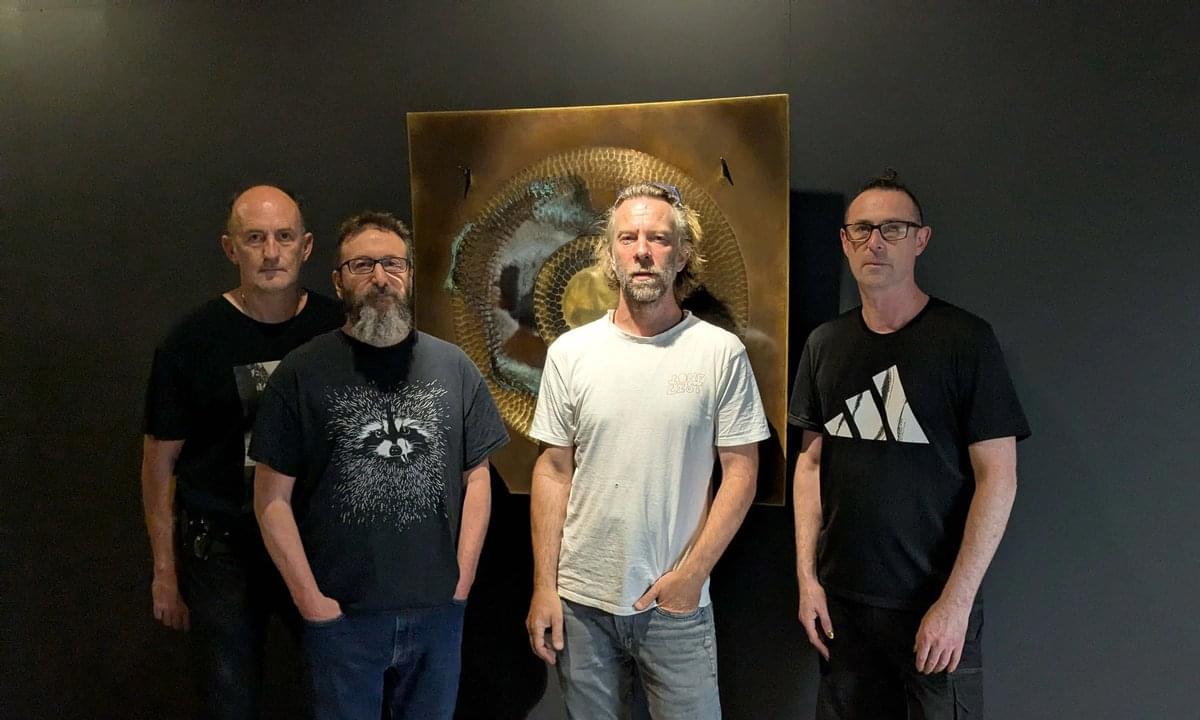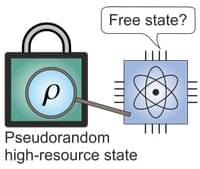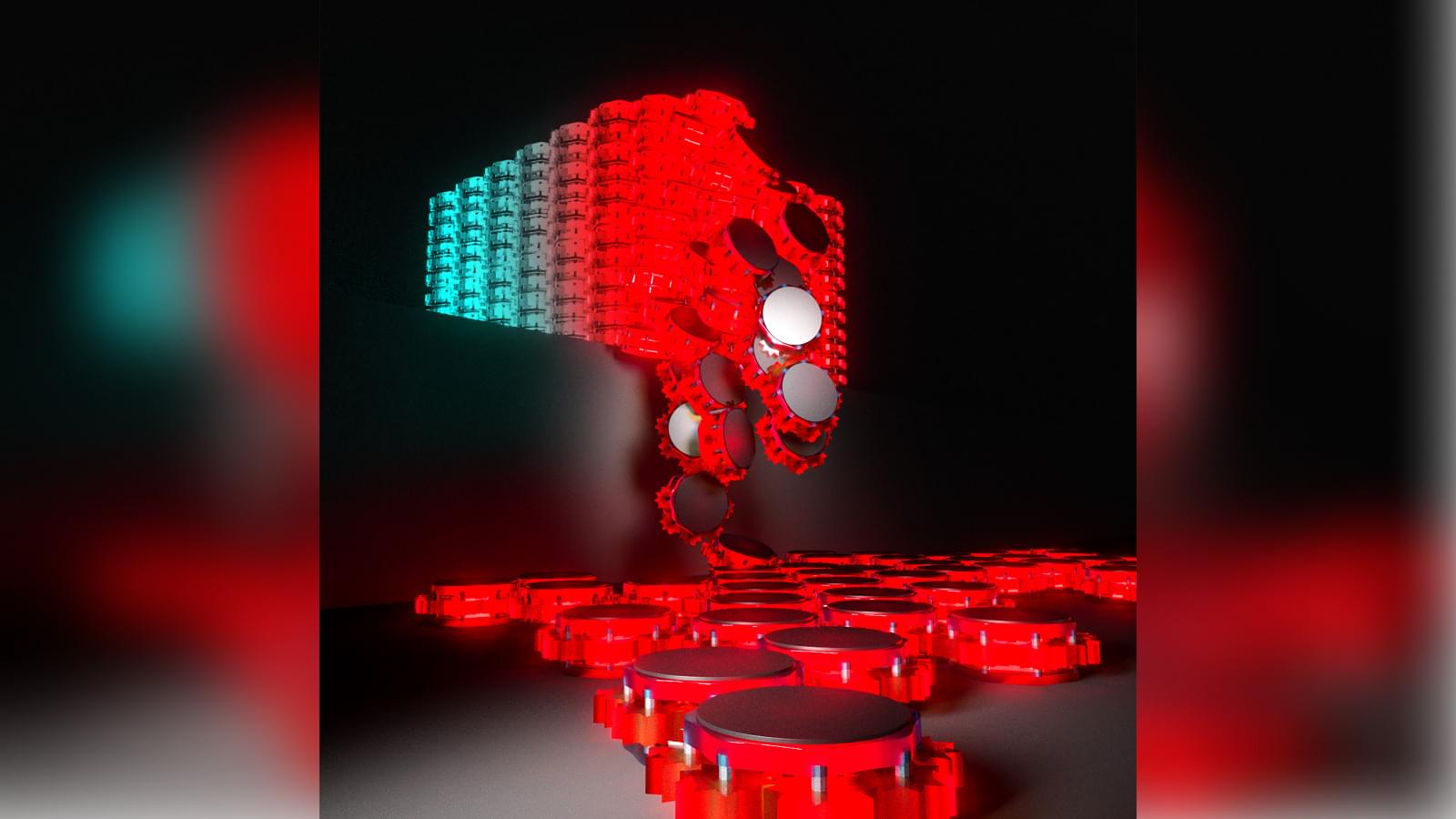This extensive catalog spanning 11 billion years of cosmic history allows scientists to compare ancient galaxy structures with more recent ones, revealing evolutionary patterns in galaxy groups and their brightest central galaxies. The observations show a dramatic transformation: distant galaxies from the early universe appear irregular with active star formation, while those closer to our time have “quenched” star formation and developed more organised elliptical or spiral structures.
This groundbreaking JWST survey marks the beginning of a new era in understanding galactic evolution. With 1,700 galaxy groups identified across nearly the entire history of our universe, astronomers now have an unprecedented roadmap for further investigation. Future studies will explore the physics driving these transformations—from dark matter’s role in structural formation to how supermassive black holes influence their host galaxies. As researchers analyze this rich data, we can expect significant revisions to existing theories about galaxy formation and evolution.









